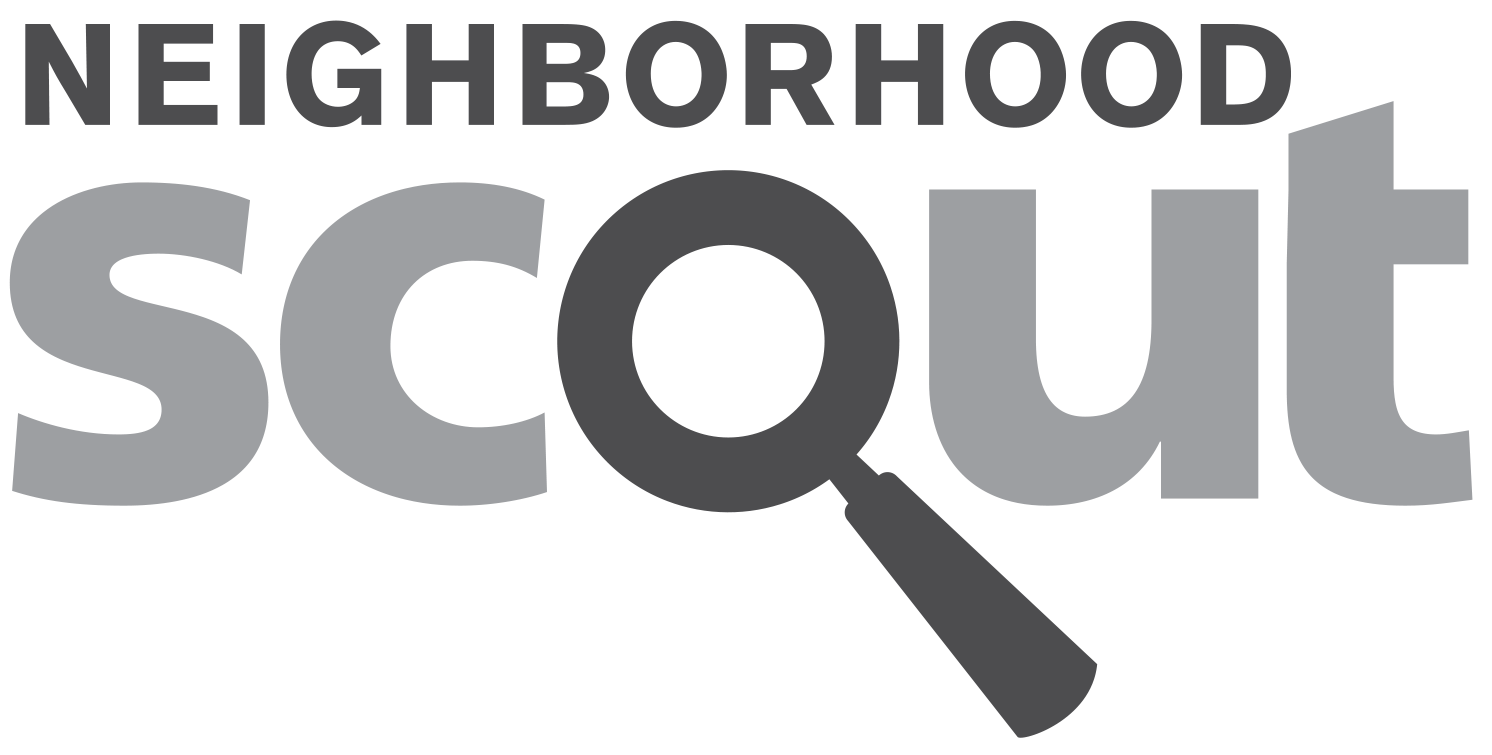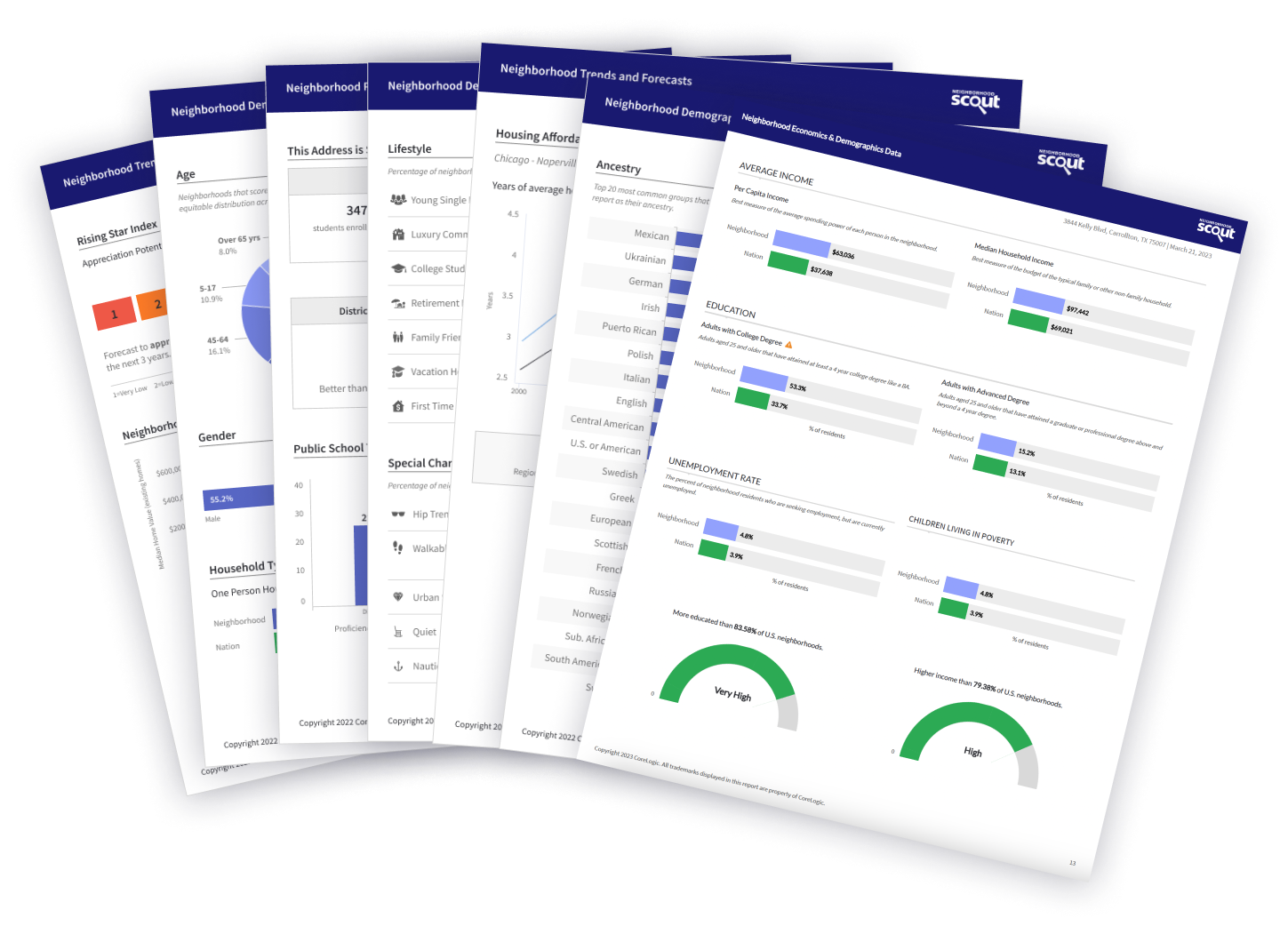Laughlin Air Force Base is a very small town located in the state of Texas. With a population of 1,673 people and just one neighborhood, Laughlin Air Force Base is the 700th largest community in Texas.
The armed forces are a huge part of the life in Laughlin Air Force Base, employing 22.28% of the workforce. While it is a military town, the civilian sector still plays an important role in the local economy, where the Healthcare and Public Service industries employ 22.05% and 20.00% of the civilian workforce, respectively.
For a small town, there is also a high proportion of single, often educated, people living in Laughlin Air Force Base. This is not typical for smaller communities in America, and adds a feeling of vibrancy to Laughlin Air Force Base.
One of the benefits of Laughlin Air Force Base is that there is very little traffic. The average commute to work is 10.05 minutes, which is substantially less than the national average. Not only does this mean that the drive to work is less aggravating, but noise and pollution levels are lower as a result.
Laughlin Air Force Base is a small town, and as such doesn't have a public transit system that people use to get to and from their jobs every day.
If knowledge is power, Laughlin Air Force Base is a pretty powerful place. 63.57% of the adults in Laughlin Air Force Base have earned a 4-year college degree, masters degree, MD, law degree, or even PhD. Compare that to the national average of 21.84% for all cities and towns.
The per capita income in Laughlin Air Force Base in 2022 was $31,577, which is middle income relative to Texas and the nation. This equates to an annual income of $126,308 for a family of four. However, Laughlin Air Force Base contains both very wealthy and poor people as well.
Laughlin Air Force Base is an extremely ethnically-diverse town. The people who call Laughlin Air Force Base home describe themselves as belonging to a variety of racial and ethnic groups. The greatest number of Laughlin Air Force Base residents report their race to be White, followed by Black or African-American. Laughlin Air Force Base also has a sizeable Hispanic population (people of Hispanic origin can be of any race). People of Hispanic or Latino origin account for 11.02% of the town’s residents. Important ancestries of people in Laughlin Air Force Base include German, Irish, English, European, and Polish.
The most common language spoken in Laughlin Air Force Base is English. Other important languages spoken here include Spanish and Tagalog.
When you see a neighborhood for the first time, the most important thing is often the way it looks, like its homes and its setting. Some places look the same, but they only reveal their true character after living in them for a while because they contain a unique mix of occupational or cultural groups. This neighborhood is very unique in some important ways, according to NeighborhoodScout's exclusive exploration and analysis.
Of note is NeighborhoodScout's research finding that the neighborhood has some of the lowest rates of children living in poverty of any neighborhood in the United States. In a nation where approximately 1 in 4 children are living in poverty, the community truly stands out from the rest in this regard.
The government often provides some of the more stable jobs in the economy. From local, to state, to federal government workers, the government can also be a major employer. What NeighborhoodScout's analysis revealed, is that the neighborhood in particular stands out when compared nationally for the proportion of its working residents who are employed by the government. At 27.2% of its workforce, this neighborhood has a greater concentration of government workers than 99.8% of U.S. neighborhoods.
Furthermore, the neighborhood stands out nationally for having a greater proportion of its residents active in the military than 99.7% of other U.S. neighborhoods. If you come here, you will notice military people active in their jobs, going to and from work, and in plain clothes out and about the neighborhood.
Whether walking, biking, riding, or driving, the length of one's commute is an important factor for one's quality of life. The neighborhood stands out for its commute length, according to NeighborhoodScout's analysis. Residents of the neighborhood have the pleasure of having one of the shortest commutes to work of any neighborhood in America. 77.5% of the residents have a commute time from home to work (one way) of less than fifteen minutes. This is a higher proportion of residents enjoying a short trip to work than NeighborhoodScout found in 99.4% of U.S. neighborhoods. Less time commuting means more time for other things in life.
Many people dream of living along a street lined with row houses or other attached homes. Such places do often have an abundance of charm. If you are one of these people, the neighborhood could be your paradise. With 54.4% of the homes and real estate here classified as rowhouses or other attached homes, this neighborhood brims with opportunity to find the right place for you. Only 0.9% of U.S. neighborhoods have more row houses than this neighborhood, making it one of the most interesting things about this special neighborhood.
In addition, renter-occupied real estate is dominant in the neighborhood. The percentage of rental real estate here, according to exclusive NeighborhoodScout analysis, is 85.5%, which is higher than 95.5% of the neighborhoods in America. If you were to buy and live in the property you bought here, you would be almost alone in doing so.
Furthermore, unpopulated, and rural, the neighborhood is one of the least crowded neighborhoods in all of America. If you like open space, no traffic, and lots of room, this neighborhood may be just what you are looking for. According to NeighborhoodScout's leading research, this neighborhood is less densely populated than 92.3% of the neighborhoods in America.
In the neighborhood, walking to work is a real option for many. In fact, NeighborhoodScout's exclusive research reveals walking to and from work is the chosen way to commute for 14.3% of residents here. This is a higher proportion of walking commuters than we found in 97.0% of American neighborhoods. Get ready to put on your walking shoes if you move here!
The freedom of moving to new places versus the comfort of home. How much and how often people move not only can create diverse and worldly neighborhoods, but simultaneously it can produce a loss of intimacy with one's surroundings and a lack of connectedness to one's neighbors. NeighborhoodScout's exclusive research has identified this neighborhood as unique with regard to the transience of its populace. In the neighborhood, a greater proportion of the residents living here today did not live here five years ago than is found in 98.7% of U.S. Neighborhoods. This neighborhood, more than almost any other in America, has new residents from other areas.
Did you know that the neighborhood has more Lebanese ancestry people living in it than nearly any neighborhood in America? It's true! In fact, 1.0% of this neighborhood's residents have Lebanese ancestry.
There are two complementary measures for understanding the income of a neighborhood's residents: the average and the extremes. While a neighborhood may be relatively wealthy overall, it is equally important to understand the rate of people - particularly children - who are living at or below the federal poverty line, which is extremely low income. Some neighborhoods with a lower average income may actually have a lower childhood poverty rate than another with a higher average income, and this helps us understand the conditions and character of a neighborhood.
The neighbors in the neighborhood in Laughlin Air Force Base are middle-income, making it a moderate income neighborhood. NeighborhoodScout's exclusive analysis reveals that this neighborhood has a higher income than 47.4% of the neighborhoods in America. In addition, 0.0% of the children seventeen and under living in this neighborhood are living below the federal poverty line, which is a lower rate of childhood poverty than is found in 100.0% of America's neighborhoods.
A neighborhood is far different if it is dominated by enlisted military personnel rather than people who earn their living by farming. It is also different if most of the neighbors are clerical support or managers. What is wonderful is the sheer diversity of neighborhoods, allowing you to find the type that fits your lifestyle and aspirations.
In the neighborhood, 43.2% of the working population is employed in executive, management, and professional occupations. The second most important occupational group in this neighborhood is sales and service jobs, from major sales accounts, to working in fast food restaurants, with 32.6% of the residents employed. Other residents here are employed in government jobs, whether they are in local, state, or federal positions (27.2%), and 19.3% in the military.
Languages
The most common language spoken in the neighborhood is English, spoken by 81.4% of households. Some people also speak Spanish (15.1%).
Ethnicity / Ancestry
Culture is the shared learned behavior of peoples. Undeniably, different ethnicities and ancestries have different cultural traditions, and as a result, neighborhoods with concentrations of residents of one or another ethnicities or ancestries will express those cultures. It is what makes the North End in Boston so fun to visit for the Italian restaurants, bakeries, culture, and charm, and similarly, why people enjoy visiting Chinatown in San Francisco.
In the neighborhood in Laughlin Air Force Base, TX, residents most commonly identify their ethnicity or ancestry as Mexican (21.4%). There are also a number of people of German ancestry (9.2%), and residents who report Irish roots (6.4%), and some of the residents are also of English ancestry (5.6%), along with some Polish ancestry residents (3.7%), among others.
How you get to work – car, bus, train or other means – and how much of your day it takes to do so is a large quality of life and financial issue. Especially with gasoline prices rising and expected to continue doing so, the length and means of one's commute can be a financial burden. Some neighborhoods are physically located so that many residents have to drive in their own car, others are set up so many walk to work, or can take a train, bus, or bike. The greatest number of commuters in neighborhood spend under 15 minutes commuting one-way to work (77.5% of working residents), one of the shortest commutes across America.
Here most residents (65.1%) drive alone in a private automobile to get to work. In addition, quite a number also carpool with coworkers, friends, or neighbors to get to work (15.5%) and 14.3% of residents also hop out the door and walk to work for their daily commute. In a neighborhood like this, as in most of the nation, many residents find owning a car useful for getting to work.

